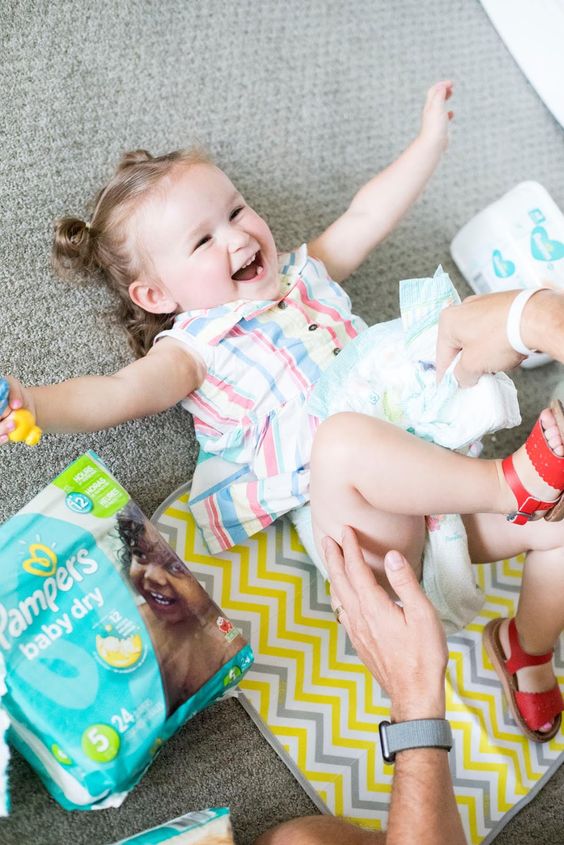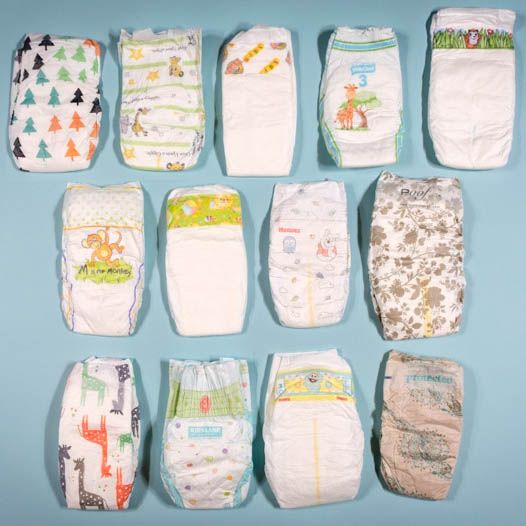Decoding Diaper Duty: How Often Should Diaper Changes?
New parenthood is a whirlwind, filled with sleepless nights, endless cuddles, and, of course, the mysterious art of diaper changes. One question that haunts every new parent is: how often should I change my baby’s diaper? Fear not, fellow adventurers! This comprehensive guide will unravel the secrets of diaper duty, equipping you with the confidence and knowledge you need to navigate this essential task.
The Importance of Regular Diaper Changes
Before delving into the frequency, let’s understand why regular diaper changes are crucial. Sitting in a wet or soiled diaper can irritate your baby’s delicate skin, leading to uncomfortable rashes and potential infections. Additionally, leaving a full diaper on for too long can cause leaks and blowouts, leaving you with a bigger mess to clean up later. Remember, prevention is key!
Age-Based Guidelines: A General Roadmap
Now, onto the burning question: how often should you change your baby’s diaper? While there’s no one-size-fits-all answer, age-based guidelines can serve as a helpful starting point:
Newborn Stage (0-3 Months): Brace yourself for frequent changes! Newborns tend to pee and poop quite often, requiring diaper changes every 2-3 hours, or even more frequently if they have a bowel movement. Don’t wait for the diaper to feel full; check regularly to avoid potential messes.
Older Babies (4-12 Months): As your baby grows, their bladder and bowel control improve, allowing for longer intervals between changes. Aim for every 3-4 hours, but still be mindful of their individual needs and check for wetness or fussiness.
Toddlerhood (12+ Months): Potty training usually enters the picture during this stage, significantly impacting diaper frequency. However, accidents still happen. Aim for changes every 4-6 hours, adjusting based on potty training progress and your toddler’s specific needs.
Beyond the Numbers: Recognizing Your Baby’s Cues
While age-based guidelines are helpful, your baby’s unique signals are the ultimate guide. Here are some telltale signs they need a change:
- Visual cues:A bulging diaper, wetness indicator turning blue, or visible poop are clear signals.
- Behavioral cues:Fussiness, crying, or squirming can indicate discomfort from a full diaper.
Touch cues: Feeling the diaper for warmth or dampness can provide additional information.
Trust your instincts and don’t hesitate to change your baby even if the diaper doesn’t seem full yet. Remember, happier baby, happier you!
Diapering Through the Night: A Delicate Balance
Sleep deprivation is a reality of parenthood, and nighttime diaper changes can feel like an unwelcome interruption. But here’s the good news: you don’t necessarily have to wake your baby for every wet diaper.
Unless your baby is a heavy wetter or prone to rashes, a slightly damp diaper at night won’t cause harm. However, if you notice leaks or discomfort, a change might be necessary. Consider using a thicker nighttime diaper for added absorbency and minimizing nighttime disruptions.
Troubleshooting Common Diaper Dilemmas
Even the most seasoned parents encounter diaper-related challenges. Here are some tips to tackle common issues:
Leaks: Ensure a snug fit around the legs and waist. Consider trying a different diaper brand or size.
Rashes: Frequent changes, using hypoallergenic products, and allowing air exposure can help. Consult your pediatrician for persistent rashes.
Blowouts: Stay calm! Clean up promptly, use a barrier cream for future prevention, and adjust the diaper size if needed.
Eco-Conscious Diapering: Making a Difference
Being an eco-conscious parent extends to diaper choices. Here are some sustainable options:
Cloth diapers: Reusable and environmentally friendly, but require more effort and upfront cost.
Biodegradable diapers: Offer a compromise between convenience and sustainability.
Hybrid diapers: Combine disposable and cloth components for a mix of benefits.
Regardless of your choice, remember to dispose of diapers responsibly.
Conclusion: Diapering Confidence, One Change at a Time
Diapering might seem daunting at first, but with the right knowledge and a little practice, you’ll become a diaper-changing pro in no time. Remember, every baby is unique, so listen to their cues, adjust frequency as needed, and don’t be afraid to experiment to find what works best for you and your little one. Happy diapering adventures!

